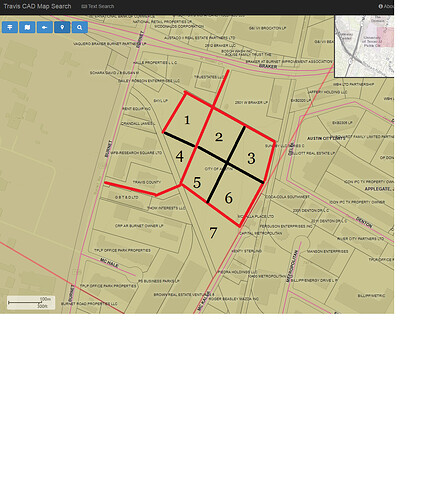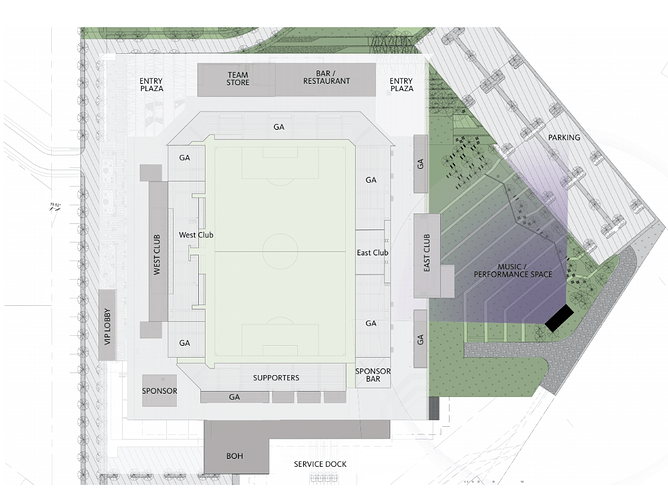What’s the mood of FAN members/boardies on handing/licensing city-owned land to the Columbus Crew? What’s it take to initiate a position vote?
I’m a hard no, at this point.
In the US, it seems that sports franchises have developed a business model attempting to pit cities against each other in the hope of extracting maximal subsidies.
I’d have less of an issue with the current McKalla Place proposal if equity and/or a percentage of gross revenue were on the table. I believe MLS explicitly disallows this type of equity agreement (it would mess up their monopoly power).
Another issue with McKalla Place is that increased popular support for the Red Line would likely make it harder for Cap Metro to divest the line.
Also, this part of the city is medium industrial. I’d imagine if the site were subdivided, upzoned, and a reconnected street grid implemented, these plots of land would sale for a pretty penny and then would be added to the property tax rolls. If the city licenses the land, Columbus Crew will not pay property taxes.
Going further, UT already has underused sports venues in the heart of the city. That would be a far superior result.


